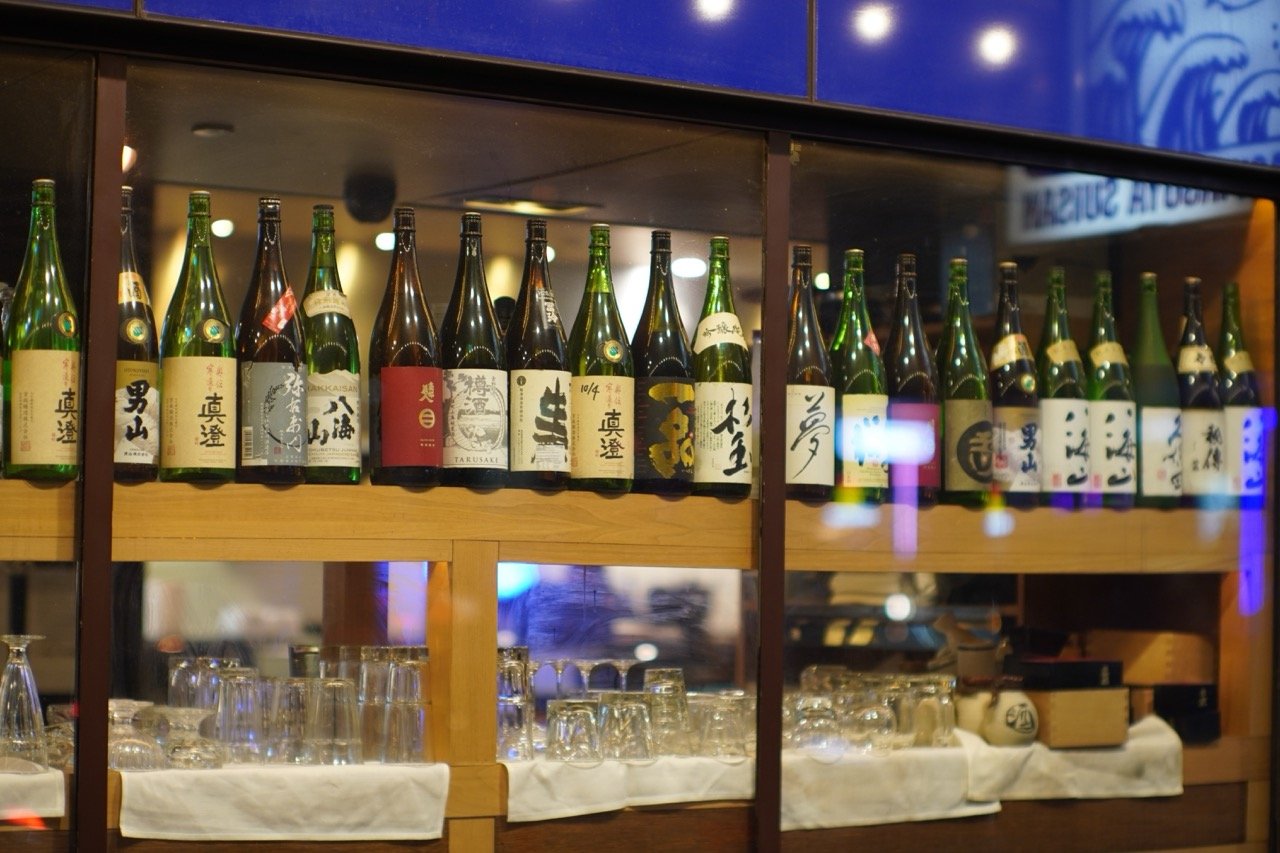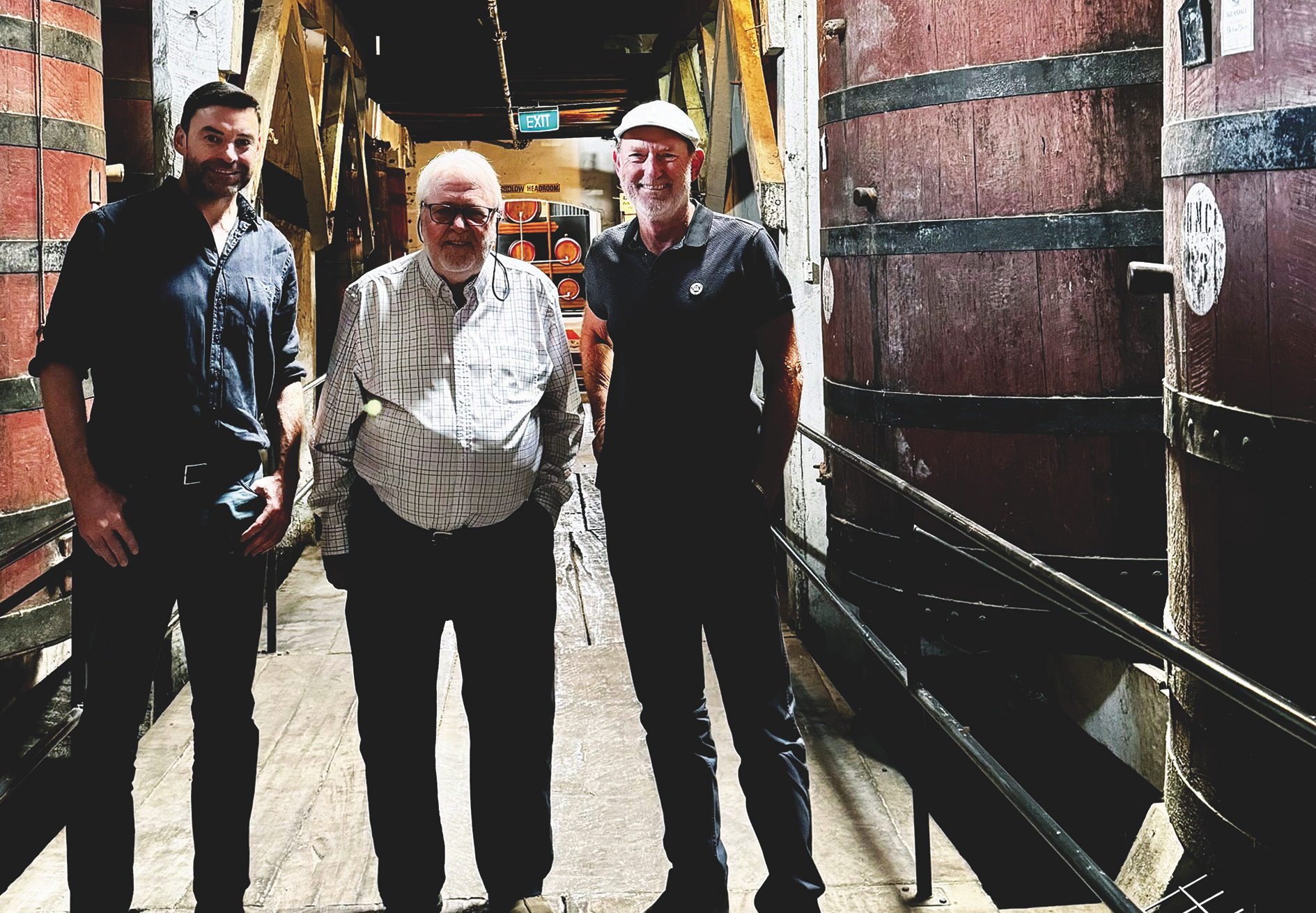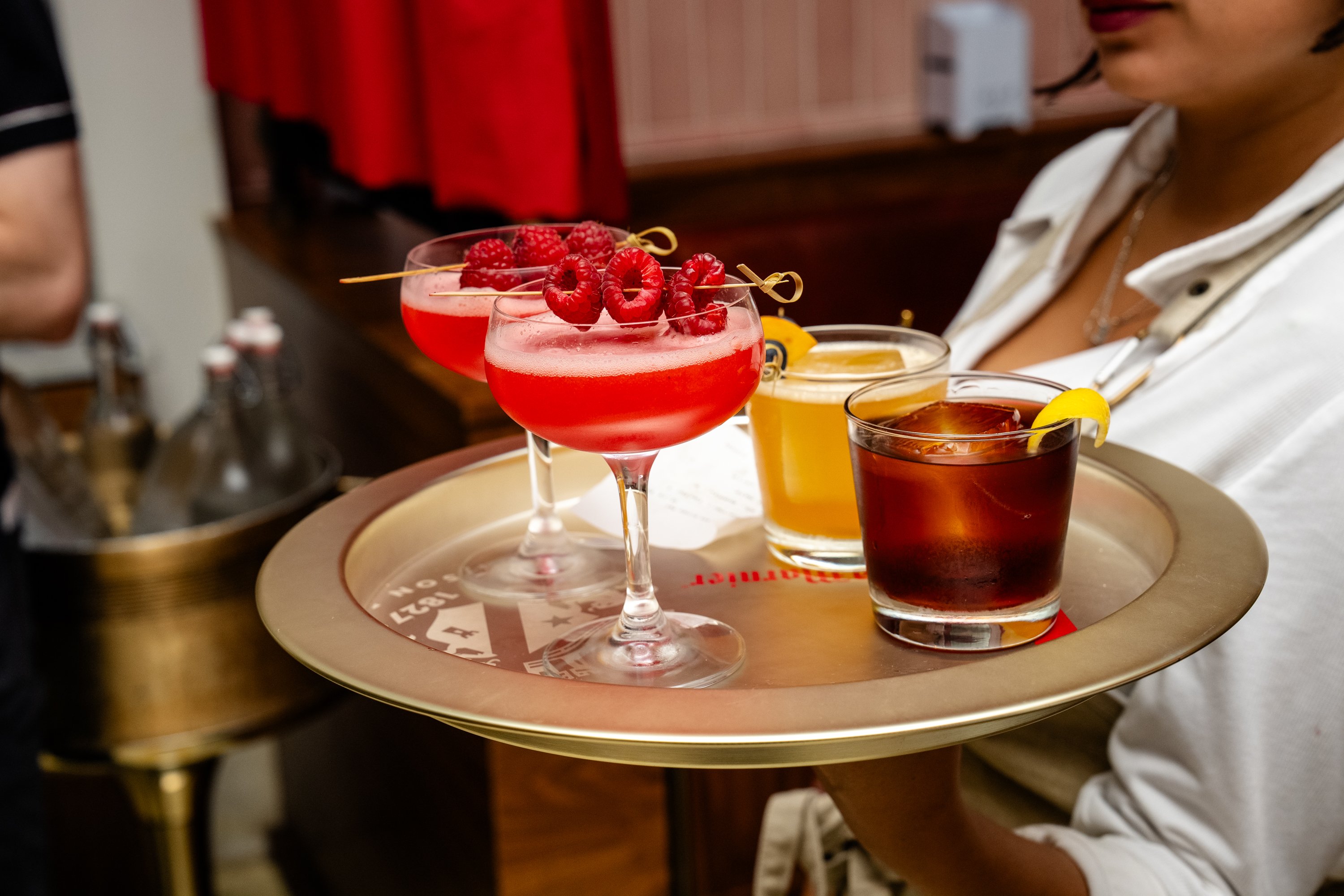Following on from World Sake Day yesterday 1 October, Drinks Trade thought it would be useful to delve deeper into the challenges being faced by the producers and exporters of Japan’s national alcoholic beverage.
Despite trailing a long way behind historic volume records both domestically and globally, sake has shown signs of considerable growth in post-pandemic years in western markets. Led by the US, North America saw its share increase from approximately 22% in 2023 to 30% in the recently completed financial year, with a year-on-year growth of 139%.
The UK market has experienced a similar boom, albeit from a smaller base. According to The Guardian, UK supermarket chain Waitrose reported that searches for sake on its website had increased 241% in the past year.
Despite this, Master Sake Sommelier Sean Ou says “the challenge remains that sake has yet to become a staple in non-Japanese restaurants.
Sean Ou is also a leading wine palate and communicator, having judged and presented at notable events globally including the International Wine Challenge, the McLaren Vale Wine Show, and Vinexpo Asia.
“Sake is increasingly being viewed similarly to wine by general consumers. Many people no longer mistake sake for a distilled spirit,” he said.
In spite of this, one of the biggest challenges being faced by sake producers today is not to do with getting liquid on lips and is instead related to global warming. A testament to this is the date of World Sake Day, which occurred yesterday on what used to be the first day of the brewing year. Now, sake production usually starts at the beginning of July.
Takuma Sugimoto of the Agricultural and Horticultural Department of the Hyogo Prefectural Technology Center for Agriculture, Forestry and Fisheries says that this changing climate is having a negative impact on many of the major sake rice varieties, including Yamada Nishiki, the “king” of sake rice.
"Over 45 years of research, we’ve found an inverse correlation between the quality of Yamada Nishiki and the increase in temperatures during the ripening period (the 40-50 days after the rice flowers bloom)," said Sugimoto.
"An average temperature of 26°C or below during the ripening period is ideal. When the average temperature exceeds 28°C, the amylopectin chains in the rice become longer, making it more difficult for the rice to dissolve during alcohol fermentation.
“In other words, the starch in the rice is less likely to convert into sugar, and as a result, less sugar is converted into alcohol, leading to a higher amount of sake lees after pressing. This phenomenon has actually been occurring since 1998.”
The reason Yamada Nishiki rice is best suited to sake production is down to its large grain size, which lends well to the polishing process that all sake breweries utilise.
A representative of the Japan Sake and Shochu Makers Association explains: “When brewing sake, breweries polish the rice to remove the fats and proteins located on the outer layers of the grain. While some proteins contribute to a complex flavour, excessive amounts can lead to undesirable tastes. Large rice grains that do not crack easily during polishing are preferred, as cracked rice absorbs water unevenly, leading to inconsistencies in sake quality.”
The larger grain size also equates to an abundant and well-formed shinpaku, which is the sponge-like concentration of starch and tiny air pockets at the centre of the rice grain that is necessary for the cultivation of koji mold, one of the most important factors in determining sake quality. Yamada Nishiki’s shinpaku is especially desirably as it has an oval shape that remains intact even during polishing.
However, Takuma Sugimoto says that “the rate of shinpaku formation, one of Yamada Nishiki's appealing qualities, has been decreasing due to higher temperatures."
So what’s the solution? Takuma Sugimoto’s Technology Centre has spent over a decade developing heat-resistant sake rice varieties to try and future-proof the sector. Another potential answer lies in looking to the past. Omachi rice, the ancestor of other sake rice strains Yamada Nishiki and Gohyakumangoku, is notable for being a late-ripening variety, positioning it as a strong candidate for a warming climate.
"Omachi is an unmodified original variety that has never undergone crossbreeding since its discovery,” said Kazuaki Fujiwara, Chairman of the Okayama Sake Rice Council.
“It grows very tall, reaching 1.7 metres, making it prone to lodging (falling over in the field). Its yield is about half that of regular table rice, but its price is not double. Moreover, its harvesting efficiency is lower than that of table rice or other sake rice.”
“While it seems to have avoided the worst effects of climate change so far, worsening labour conditions and rising water temperatures in rice fields could affect future yields. It is concerning that Omachi farming, which requires much more labour than other sake rice, might decrease."
Share the content










